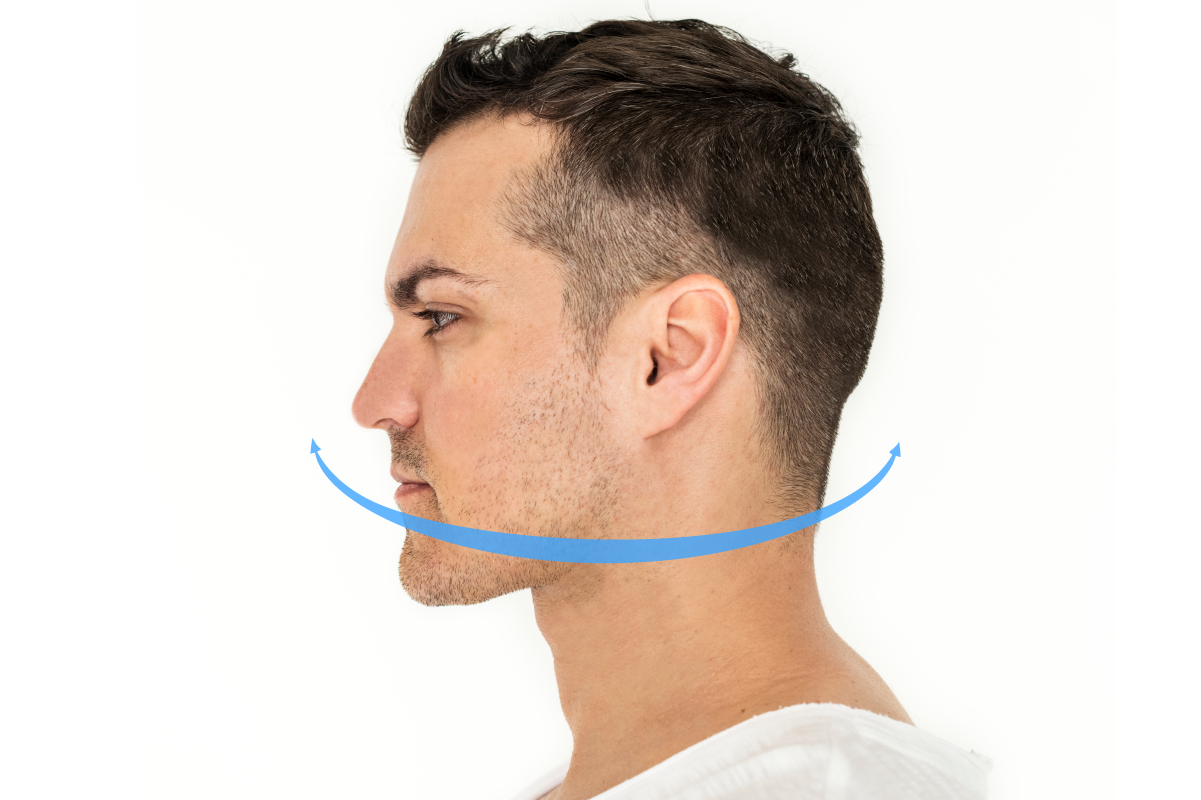Tinnitus that changes with body movements: somatosensory tinnitus
Audiologist
r

There are a lot of different causes for tinnitus: side effect of medication, earwax blockage, sensorineural hearing loss, noise exposition, etc. Tinnitus can also be caused by head, neck, jaw or shoulder pain. If so, it is called somatosensory tinnitus (or somatic tinnitus). And in this case, a treatment is possible!
Diagnostic
1. Case history
- Head or neck trauma
- Teeth, jaw or neck problem
- Bruxism (teeth grinding at daytime or nighttime)
- Pain
2. Hearing test
If a hearing loss is assessed, the choice of intervention will not be the same as if the person has a normal and symmetrical (same in both ears) hearing.
3. Somatosensory modulation screening
The audiologist can also palpate your neck (carotid artery) to determine if the problem could be vascular. If tinnitus beats in rhythm with the heart rate, it is called pulsatile tinnitus.
Treatment

After the physical therapist has done his evaluation and eliminate any contraindication, he may begin manual therapy. This therapy includes a set of exercises for cervical stabilization, temporomandibular joint reinforcement, stretching and pain management. Usually, therapy implies 2 sessions of one hour each per week (for 6 weeks) plus an at-home training program the patient needs to do 3-4 times a week.
In some cases, dental procedures can help reduce the intensity of the tinnitus depending on where it originates.
A tinnitus that would be in rhythm with the heart rate is called a pulsatile tinnitus. This may be a hint of a vascular problem. In this case, it is important to see a physician.
You think you have a somatosensory tinnitus? Feel free to contact ODYO’s team!

 1.800.909.ODYO
1.800.909.ODYO support@odyo.ca
support@odyo.ca Online
Online  Shop
Shop  Blog
Blog 







